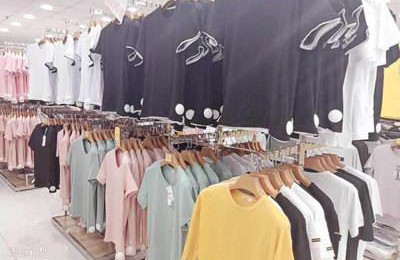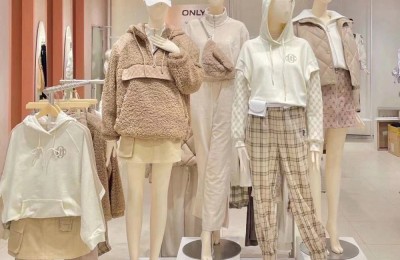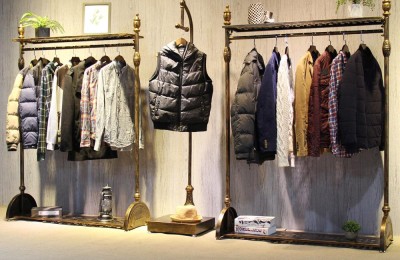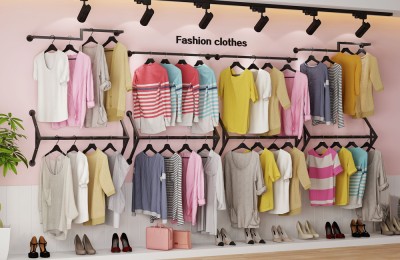Crude oil last week occupied the absolute attention of textile people. After a week of shocks, oil prices have finally stabilized. PTA, which textile people are concerned about, also had a “violent” operation last week. However, after all the dust has settled, looking back, we can see that the price of raw materials was what it was before and what it is now. It has returned to the original point.
The sudden surge in crude oil has occupied the “time”. It is now at the end of September, which is the time when the cyclical demand in the textile industry is strongest every year. , the start-up rate of weaving enterprises is also rising steadily, occupying the “geographical advantage”. But in such a favorable situation, prices fell instead of rising. The problem can only be caused by the so-called “Rhehe”, that is, the weaving enterprises.
In previous years, weaving companies also resisted rising raw material prices, but raw materials will still rise when they should. But why can’t raw materials really go up this year?
There is a theoretical profit for gray fabrics, but the sales hit the actual profits
The current price of gray fabric fabrics is very confusing. A large number of weaving companies have a lot of inventory, which generally lasts more than 1-2 months.
The person in charge of an Anhui weaving company said that their company has a total of 230 looms, and its current inventory of gray fabrics has exceeded 2 million meters. Theoretically, the profit of one meter of gray fabric can be maintained at 0.2 yuan/meter. Although it is a little lower than in the past, it can still lead a relatively comfortable life.
But in fact, when there is too much inventory, they will choose to cut prices and promote breakeven sales. When there is a problem with capital turnover, they will drop another 0.1-0.2 on the cost price. Therefore, their actual profit is capital preservation or even loss.
Although the looms are fully operational, there are many holidays
Although textile companies have factory rent, worker wages, etc. There are sunk costs and pressure from bank loans, but if the revenue from startup is lower than the revenue from shutdown, weaving companies will still find ways to reduce the startup rate.
During the visit, the editor also found that although most weaving companies have chosen to operate at full capacity since September, for some weaving companies, some policy-based production reductions, some ” “Five days and two days off”, and taking holidays during the holidays. In short, it is just changing the pattern to reduce the load of the loom. To put it simply, because gray fabric sales are difficult and actual profits have even been lost, it is no longer in the interests of weaving companies to run the looms at full capacity.
In the upcoming National Day, many weaving companies are preparing to take a holiday of more than three days, which is a phenomenon that has hardly been encountered in the past few years.
High financial pressure, weaving manufacturers “walk a tightrope”
Because weaving companies have too much gray fabric inventory, resulting in funding The chain is very tight, and any slight disturbance in the raw materials will cause a huge reaction in the market.
When the price of raw materials soared last year, the editor asked companies what price of raw materials they were most willing to accept. Their answer was around 8,000, which is the current price.
According to the above statement, the actual price of raw materials is close to zero or even losing money, and the weaving companies themselves have no intention to start operations.
Nowadays, the production and operation of weaving enterprises is like walking a tightrope. They must be careful and make no mistakes. If the price of raw materials rises under such circumstances, it will be equivalent to having another heavy weight on their backs while walking the tightrope. If there is a big stone, weaving companies will become even more unprofitable, and a large number of weaving companies will inevitably stop production directly.
As a result, the raw materials will no longer be sold, which is also a situation that raw material manufacturers do not want to see.
Peripheral production capacity has upgrade potential
At present, in the market, elastic fabrics such as T400, T800, and broken cards are available. The sales of some functional fabrics have not changed significantly compared with before, and the profit can be maintained at 20-30%. The payment situation is also relatively good, which creates a huge gap with conventional products.
Now everyone knows that differentiated products make money, while conventional products do not, but in many cases they are “powerless”. To produce differentiated products, machines, personnel, and technology are all indispensable. Therefore, it is impossible to increase production capacity in this area in a short period of time. The market only has these differentiated production capacities. As a result, the demand for raw materials is relatively constant.
Of course, many peripheral areas are now subject to the introduction of new machines. As long as the quality and technical level of personnel are improved, the potential is still very large. However, these are things for later and will not affect the raw materials in the short term. supply and demand situation.
From the perspective of raw material manufacturers, the production of differentiated productsEnterprises with high startup rates, relatively sufficient funds, and stable demand for raw materials are naturally high-quality customers. However, on the one hand, they have become cautious in purchasing raw materials due to the previous drop in raw material prices. On the other hand, such enterprises are relatively limited.
Weaving companies that produce conventional gray fabrics are the ones that purchase raw materials. According to the current situation, their inventories are high, profits are low, capital turnover is difficult, and their ability to resist risks is low. They are already operating with low profits or even capital guarantees. .
Once the price of raw materials rises, due to the phenomenon of selling goods in the market, the price of gray fabrics will not rise. Many such companies will fall into a loss situation. After losses, they will seek various means, including suspending production. Stop losses. Polyester inventories are currently on the high side. This is a situation that raw material manufacturers do not want to see.
“Cyclic demand” can cure the symptoms, but it is difficult to cure the root cause
The main reason why raw materials cannot rise now is because Weaving companies only have cloth and no money. To put it simply, if raw materials are to increase, they must turn cloth into money.
The cyclical demand of “Golden Nine and Silver Ten” may be an opportunity. During this period, weaving factories may be able to remove part of their inventory, and the price of raw materials may rise slightly, but this is a temporary solution rather than a permanent solution. method. Once the traditional peak season is over, the market may return to its old state, and the upward trend is not expected to last.
To cure the root cause, we must fundamentally reverse the supply and demand relationship of weaving enterprises. There are two aspects. One is the technological upgrading of peripheral production capacity, upgrading conventional production capacity to differentiated production capacity; the other is backwardness. The elimination of production capacity will lead to the withdrawal of some uncompetitive production capacity in market competition, and ultimately achieve a balance between overall supply and demand.
</p








